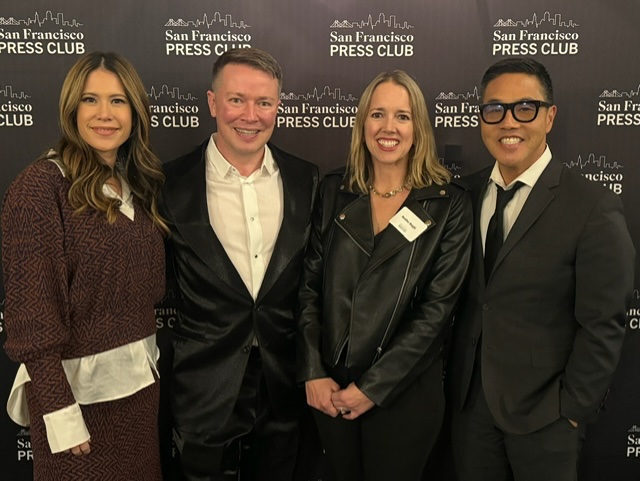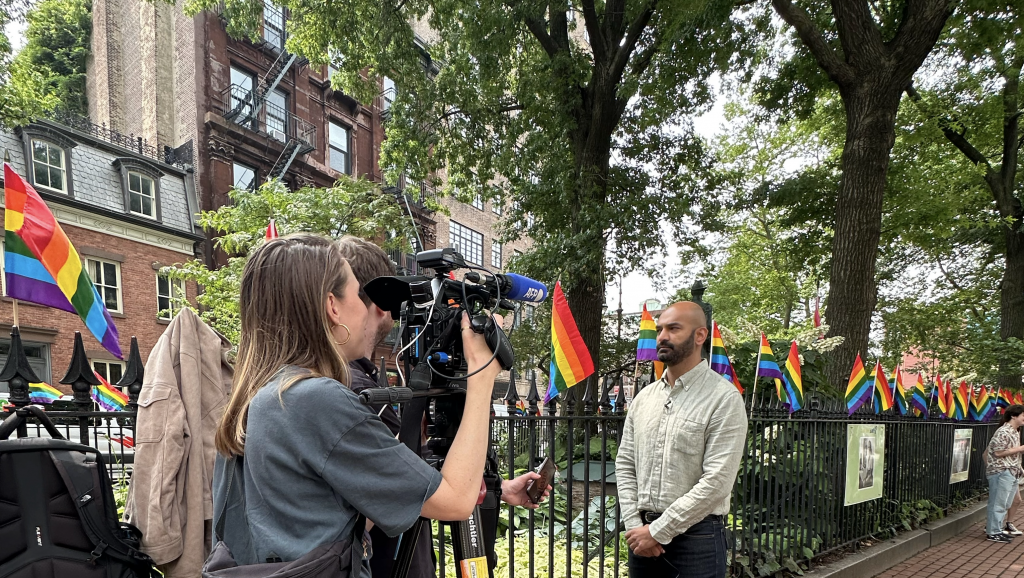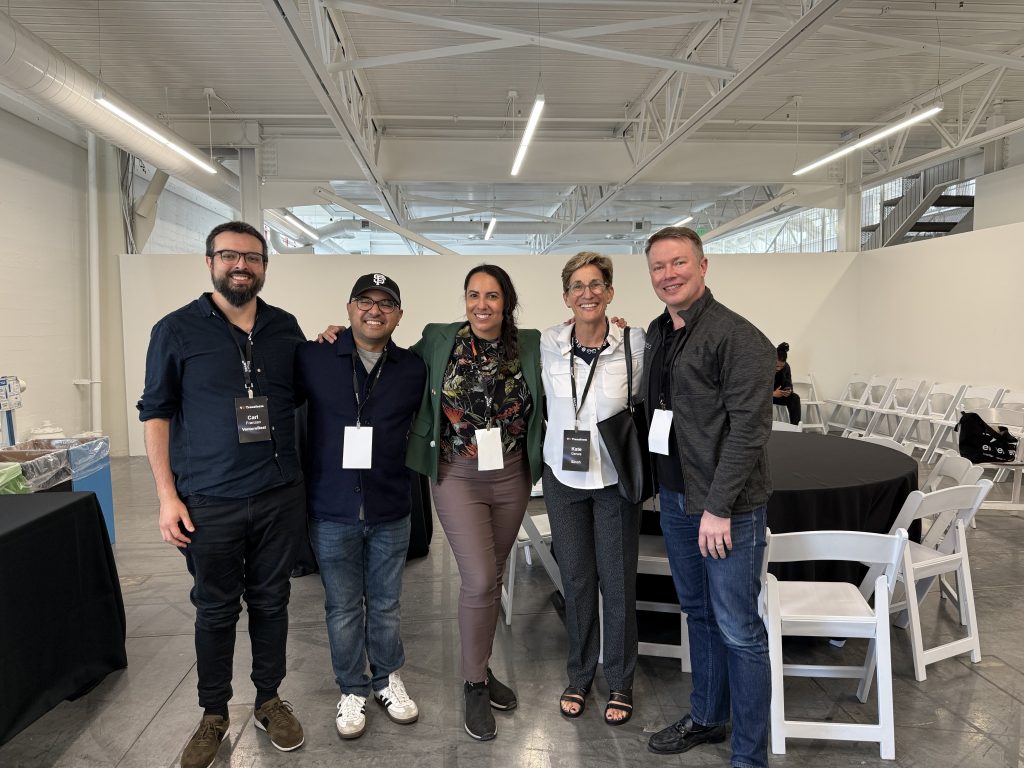In marketing and public relations, we know the critical importance of a good headline.
A good headline grabs the audience’s attention, piques their interest and makes them want to read the content attached to it. Unfortunately for us, that’s not always what journalists deliver.
We’ve all been there. A top-tier publication decides to cover your client and your excitement builds at the potential of said client being exposed to a wider audience. Then you read the headline, and reality sets in. The headline is dull. It’s uninspired. It’s boring.
And you wonder: Who would be convinced to learn more about your client from that headline, which was beyond milquetoast? Where’s the pizzazz? Where’s the oomph?!
Take this headline from The Wall Street Journal on Intro, which is an app that lets users book in-demand experts and get advice over a video call (and also my inspiration for this blog):

Or consider these headlines from top-tier media: Employers Cut Off Access to Weight-Loss Drugs for Workers and Uber’s post-pandemic growth is slowing.
They’re straightforward, but nothing at all about these headlines grabs me.
Journalists, and marketers and public relations professionals are somewhat similar, but we do our jobs differently. Journalists lead with what’s newsworthy. Meanwhile, marketers and public relations pros are focused on the creative side — what’s exciting, what’s going to connect with audiences. Because of this, there’s a disconnect between our expectations and what’s delivered. But instead of getting upset, we need to reframe how we approach the situation.
How can marketers and public relations professionals get the dream headlines we want?
By going where we’re appreciated, leveraging our closest media contacts, taking matters into our own hands and providing the right assets for media to use.
Get your dream headline by targeting publications that are enthusiastic about you
When looking at media mix, it’s important to consider what success can be like. This means shifting the focus from primarily top-tier publications to media outlets that have enthusiasm for your client’s brand and the category in which your client’s company plays. The more celebratory or focused on what a company does that media outlet is, the more likely the media outlet is to write an enthusiastic headline about that company.
Let’s say you have an HR tech client for which you’re trying to get positive coverage, and that client is insistent on getting coverage in The New York Times. While The New York Times may be where the client wants to appear, HR Magazine and Training Journal — publications specializing in HR — are more likely to give them the dream headlines they want.
Why? Because media outlets that cover the space in which your client does business already have a vested interest – in other words, more enthusiasm! – in what that client does.
If you’re aiming for a perfect narrative, go where there’s real excitement for your client’s brand, whether that be the beat, publication or journalist. This requires working closely with clients to match what they want to talk about and what we think the media wants to hear.
Generate dream headlines via media contacts with whom you have a personal connection
As the old adage goes, “it’s not what you know, it’s who you know.” And public relations is no exception.
It’s our job as marketing and public relations professionals to build mutually beneficial relationships with journalists. We can leverage those relationships to get our dream headlines.
Look for journalists who will evangelize the hoped-for outcome (in this case, good headlines) and get them on board. This means making friends with the journalists. Start by following them on social media and engaging with their content. Take this assignment a step further by learning about your target journalists’ interests outside of journalism by checking out their social media accounts, posts and comments. Then include some of the details related to both their personal and professional interests in your pitches.
Reporters and editors will appreciate the extra effort that you put into getting to know them and getting their attention. Once you do that, you’re more likely to get your target headline.
If you get tier-one coverage, but you didn’t get a dream headline, make your own headline
So, should we avoid top-tier media since publications that are enthusiastic about our clients are where we’ll get dream headlines? Of course not. We still want earned media from top-tier.
However, we do need to curb our expectations when it comes to top-tier coverage producing the headlines of our dreams. If we’re thinking top-tier, then we have to prepare ourselves for the likelihood that the headlines we get won’t be as mind-blowing as we’d like.
But that’s what social media is for! If top-tier media – or any media, for that matter – covers your business or your client, but delivers the news under a mediocre headline, take the bull by the horns and promote the story on social media with your own attention-grabbing headline.
If the interview is with broadcast media, provide visual assets to influence a dream headline
If your client ends up interviewing with broadcast media, you can also influence a dream headline from it.
Broadcast news producers are interested in interviewing spokespeople on a wide variety of topics, including business, cause-related campaigns, food and beverage, health and wellness, home improvement, retail and consumer goods, technology, and travel. They seek stories that are supported with data and offer something new, timely and urgent. Broadcast media also want stories that are relatable, teachable and sharable.
When pitching broadcast, using short, snappy descriptions is particularly important. Most broadcast reporters will not know your field and have very limited time to research it, so they may use the exact words that you used in your pitch in their on-air headlines. So you can quite literally write your own dream headline. But your pitch isn’t the only tool you have to influence the headline for your clients’ on-air appearances.
Remember, broadcast is visual. Be sure to provide the broadcast media outlet with a branded b-roll. They may then run your video, using your visuals and verbiage, rather than running a generic video with your on-air interview.
Getting your dream headline and tier-one coverage is both an art and a science. If you’re looking for a team that’s dedicated to getting your brand the coverage – including headlines and tier-one media attention – that you’ve been dreaming about, consider Bospar.
Bospar has the energy, experience, media know-how and tight reporter connections to deliver the public relations and business results that your company has been looking for.
At Bospar, we’re not afraid to be politely pushy to make amazing things happen.
Want to learn more? Check out some of our needle-moving work and contact us today!




